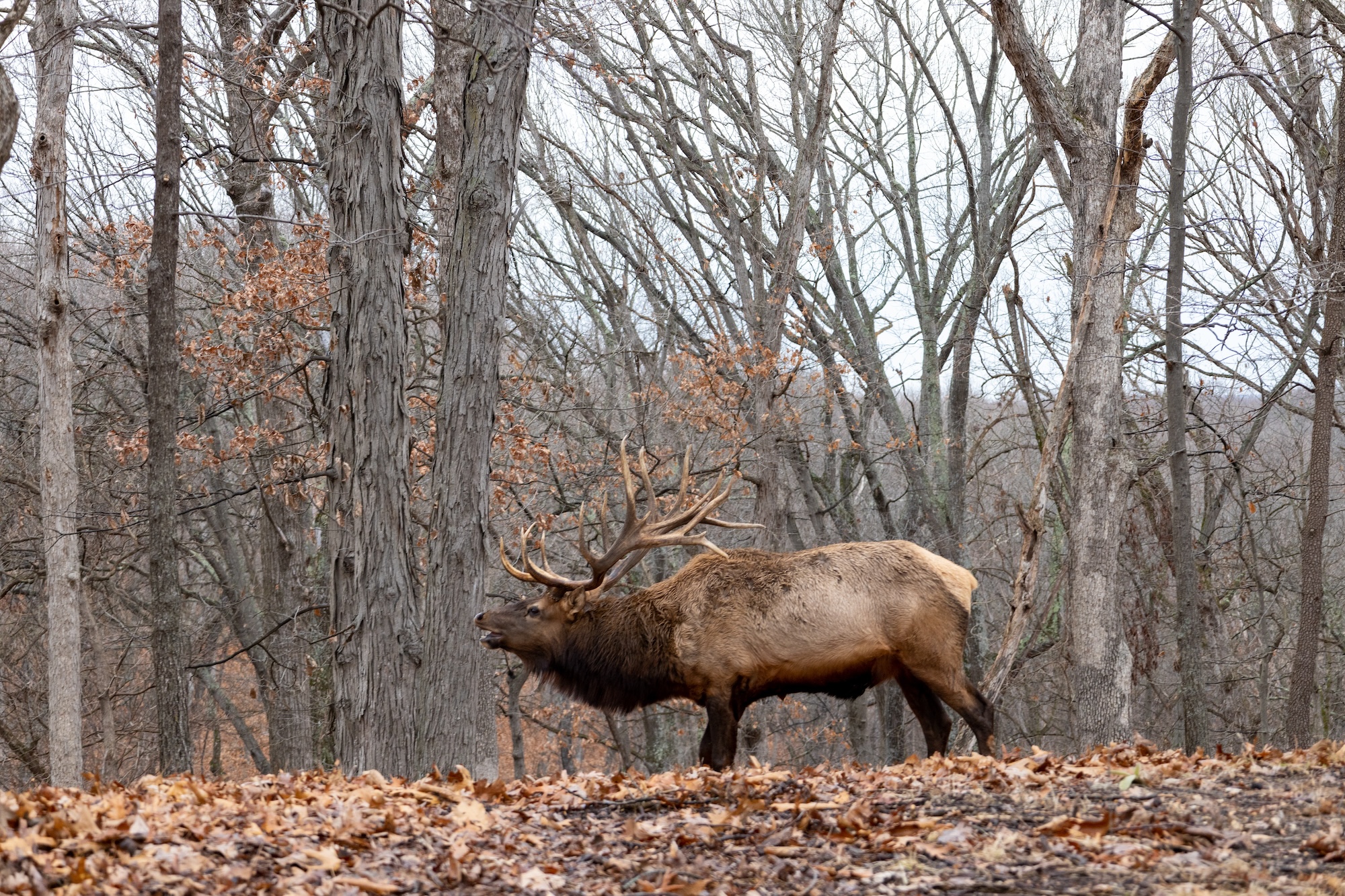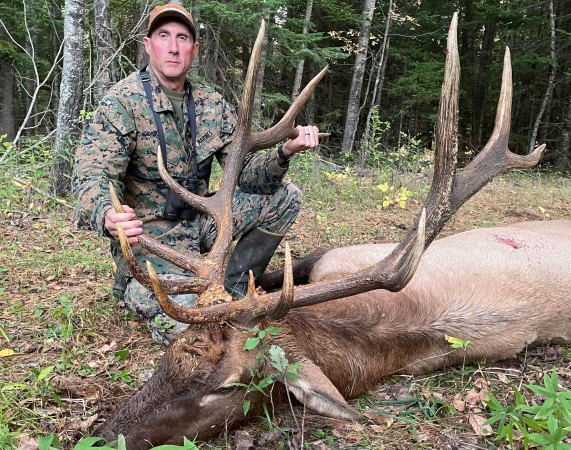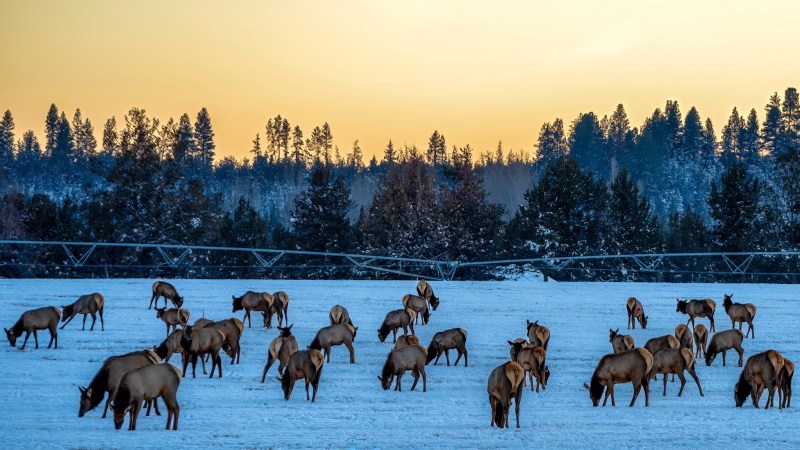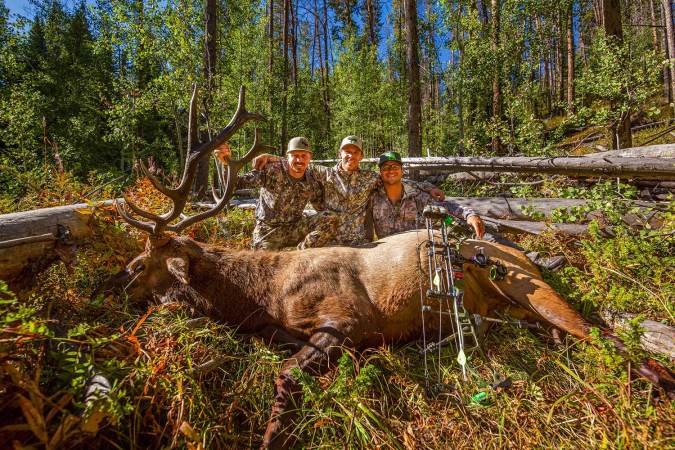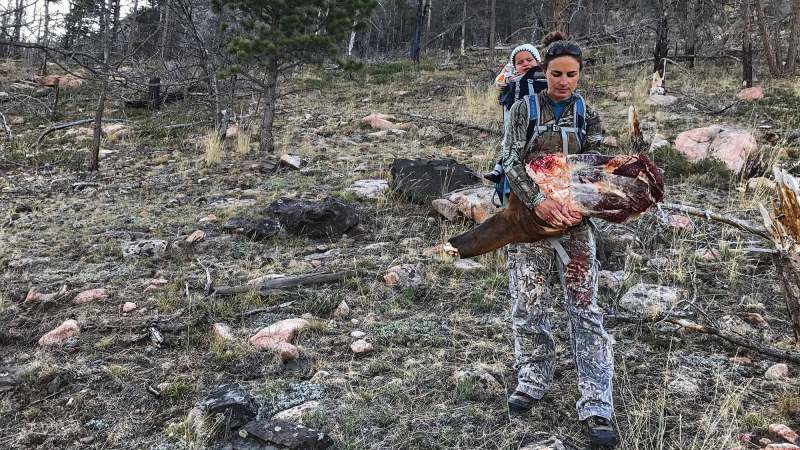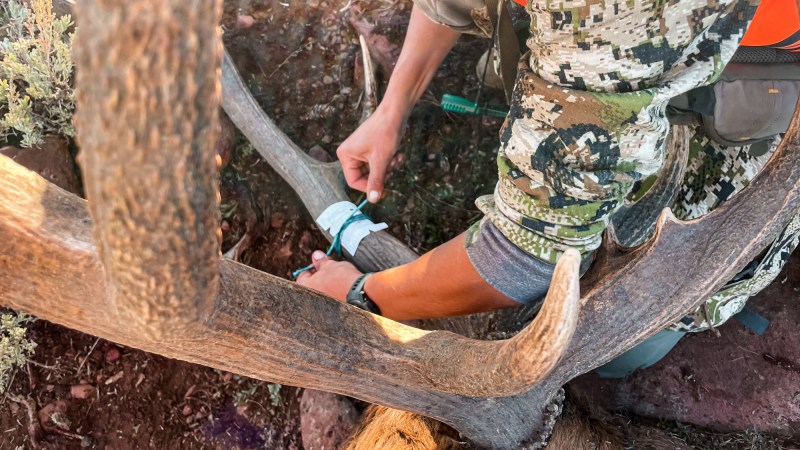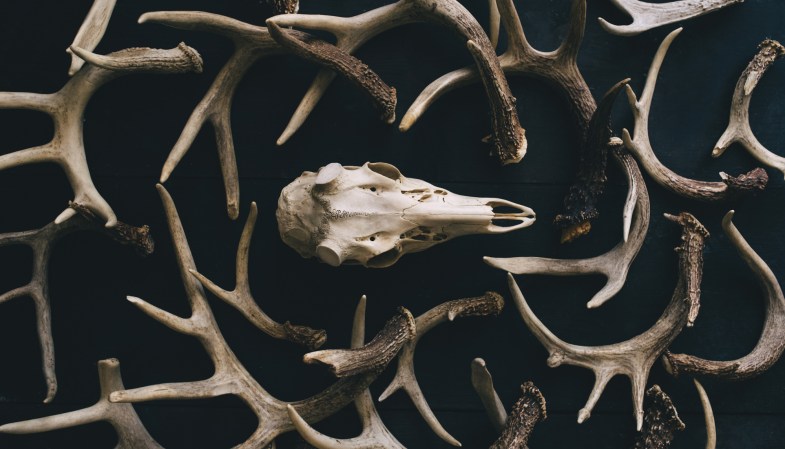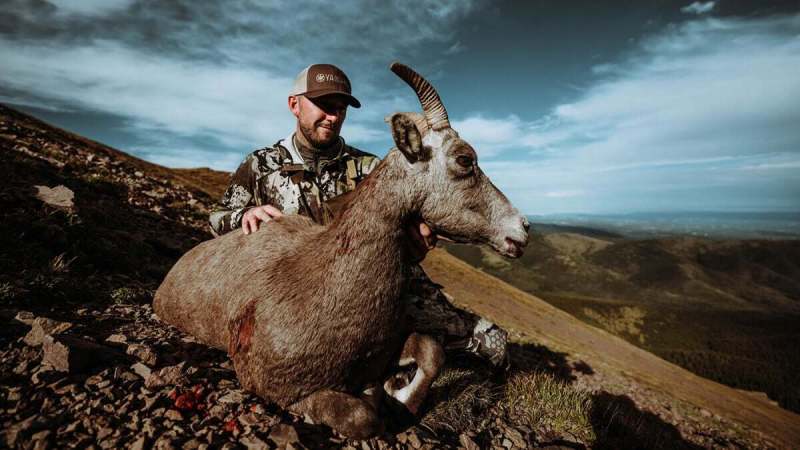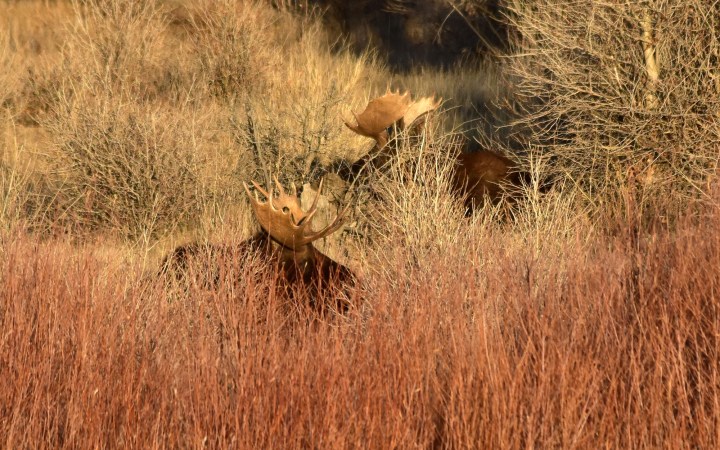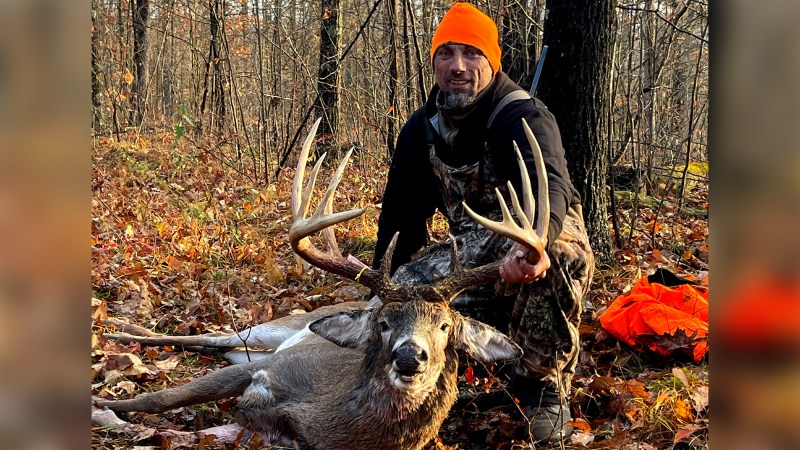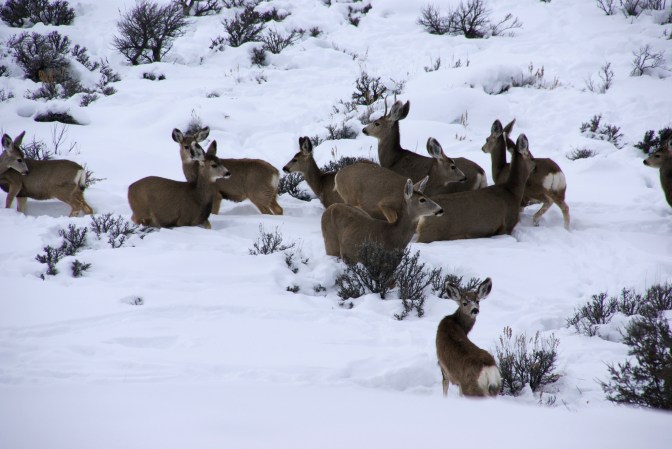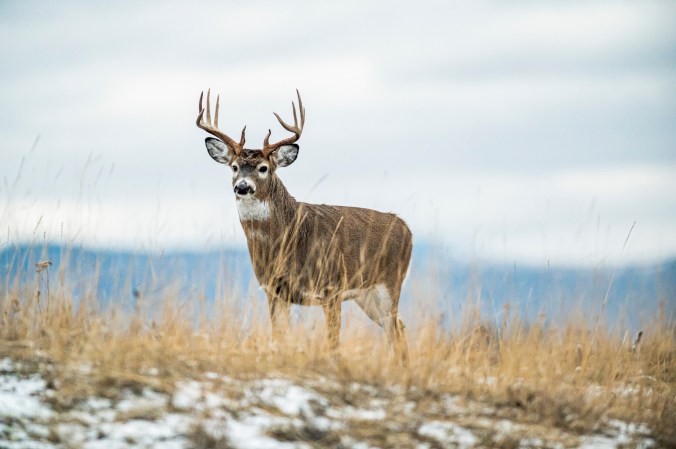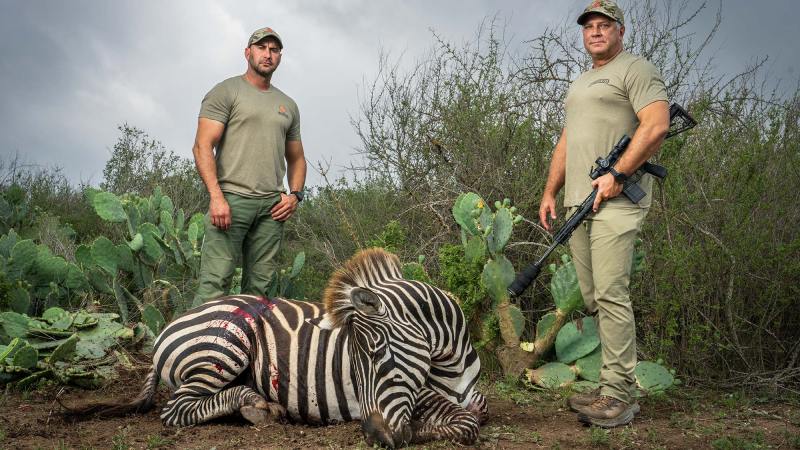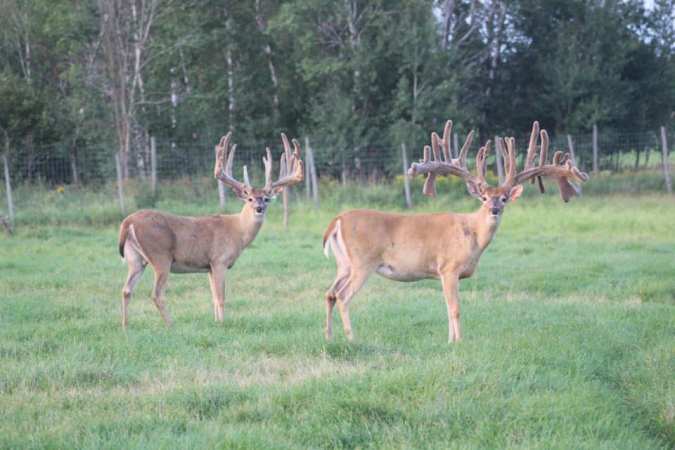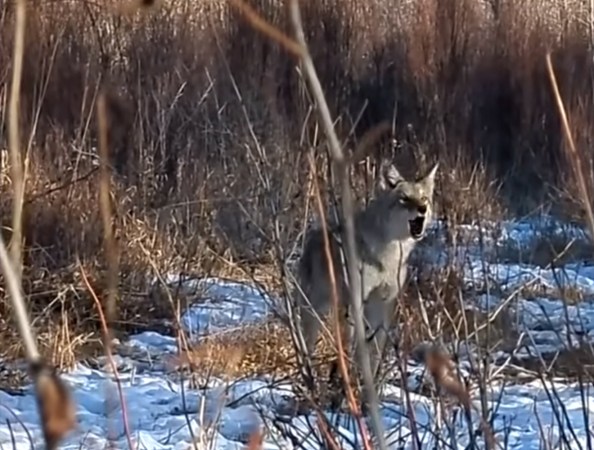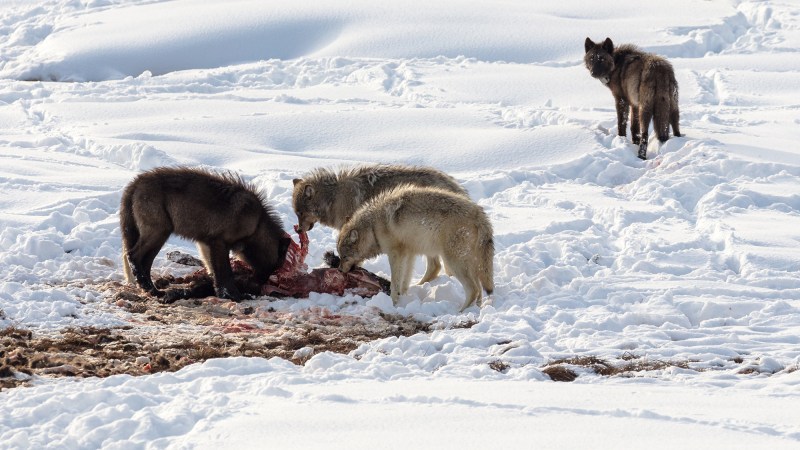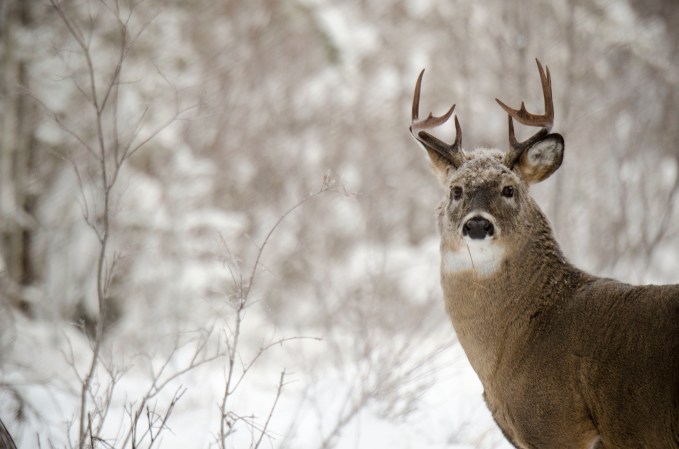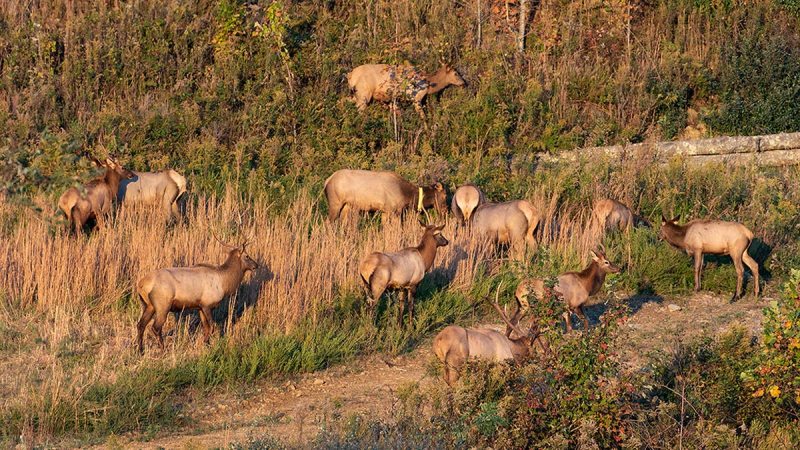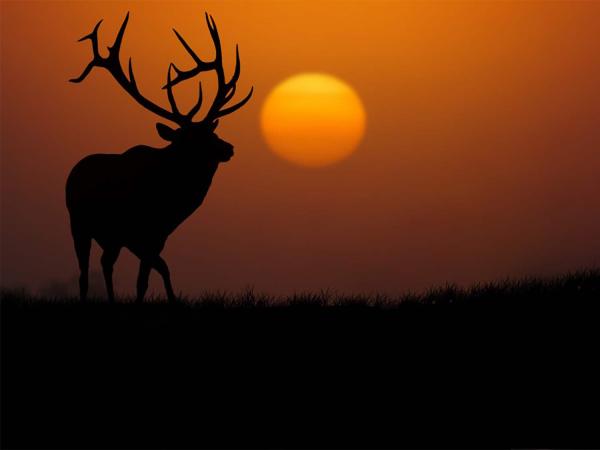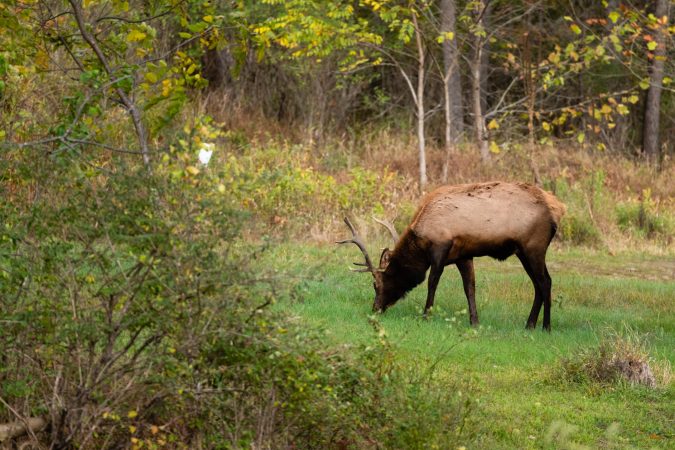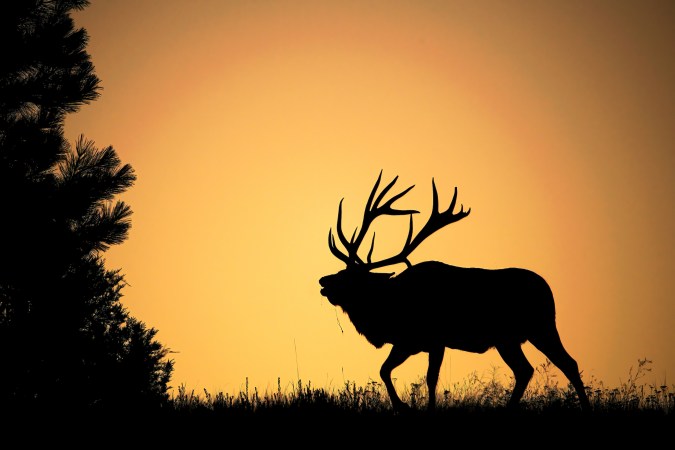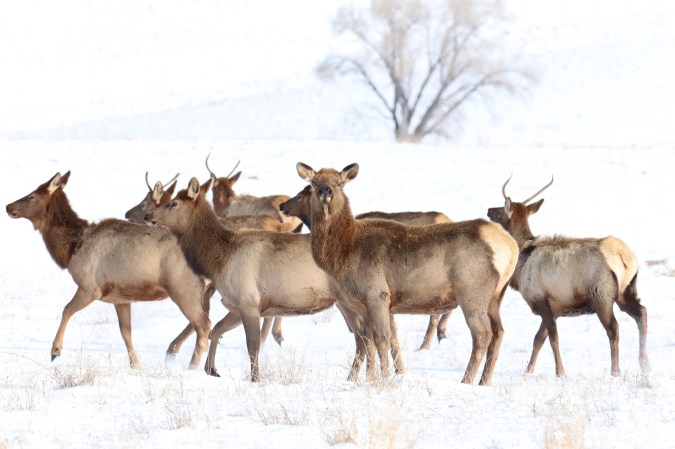Central Wisconsin’s Black River elk herd has grown large enough to sustain a hunt this fall, Wisconsin Department of Natural Resources wildlife biologist Christina Kizewski announced at a Natural Resources Board meeting on April 10. Every year since 2018 up to 39,000 resident hunters have entered the draw for just eight to 10 tags for the state’s only elk hunt in northern Wisconsin; this new hunt will add additional opportunities, though officials have not yet decided how many tags will be allocated.
Wisconsin’s elk reintroduction efforts began in 1995 when WDNR received 25 elk from Michigan. That herd established in the Clam Lake Elk Range in the northern part of the state, and it hosted its first hunt in 2018. Elk were relocated from Kentucky to the Black River range in central Wisconsin in 2015 and 2016 to establish the state’s second herd, which has grown much faster than the first.
Calf recruitment in the central herd is shockingly high, Kizewski says — some 85 to 90 percent of collared calves survive their first birthday. For context, in states with larger predator populations than central Wisconsin, elk calf mortality is often below 50 percent. One study in Washington showed just 13 percent of collared elk calves surviving their first year in 2021. In 2022, the number jumped to 47 percent, or roughly half the survival rate of the central Wisconsin herd.
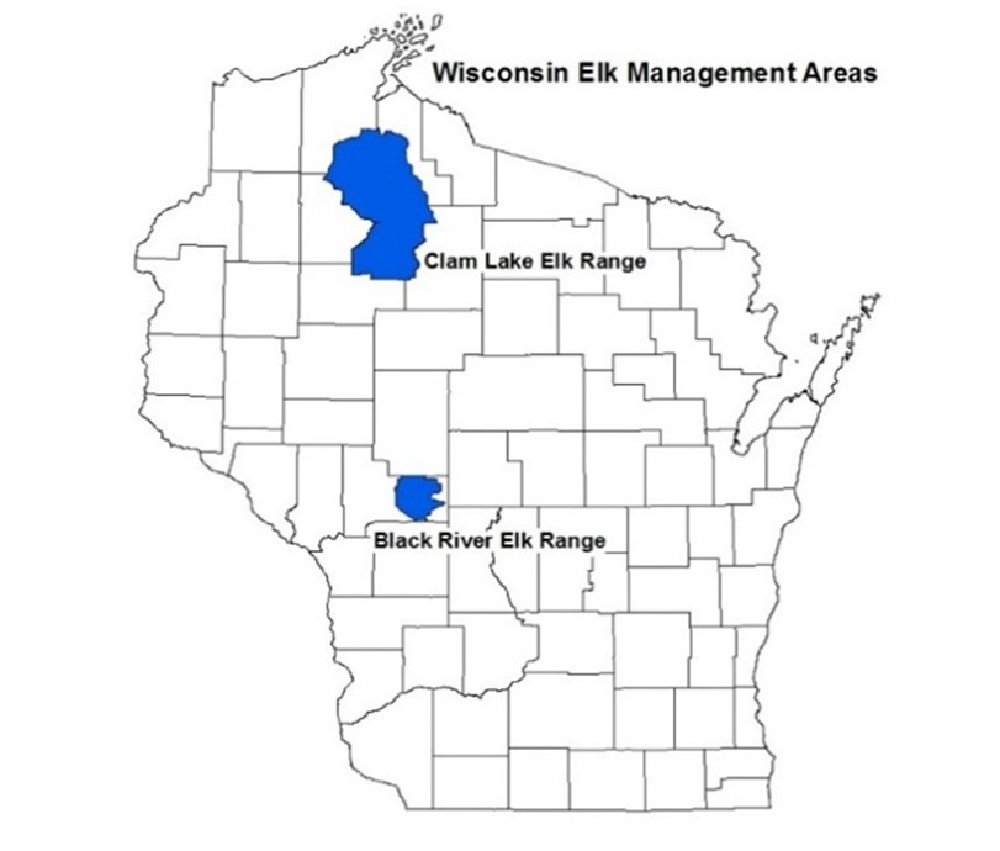
“The herd also has a high pregnancy rate,” Kizewski says. “This is often driven by milder winter conditions in the central zone, as well as healthy body conditions.”
Adult mortality in the herd is also low, hovering between 10 and 20 percent; vehicle collisions are the herd’s largest cause of adult mortality. The herd resides in eastern Jackson County and is bordered by Interstate 94 to the southwest.
The total elk population of Wisconsin sits at 400 individuals, although following this year’s calving season, WDNR expects that number to grow to around 550. One-third of the population lives in the Black River herd, and the other two thirds in the Clam Lake herd.
Wildlife managers will establish the quota for the Black River hunt during the Board’s May 21-22 meeting. All successful applicants are required to take an elk hunter orientation course to participate.
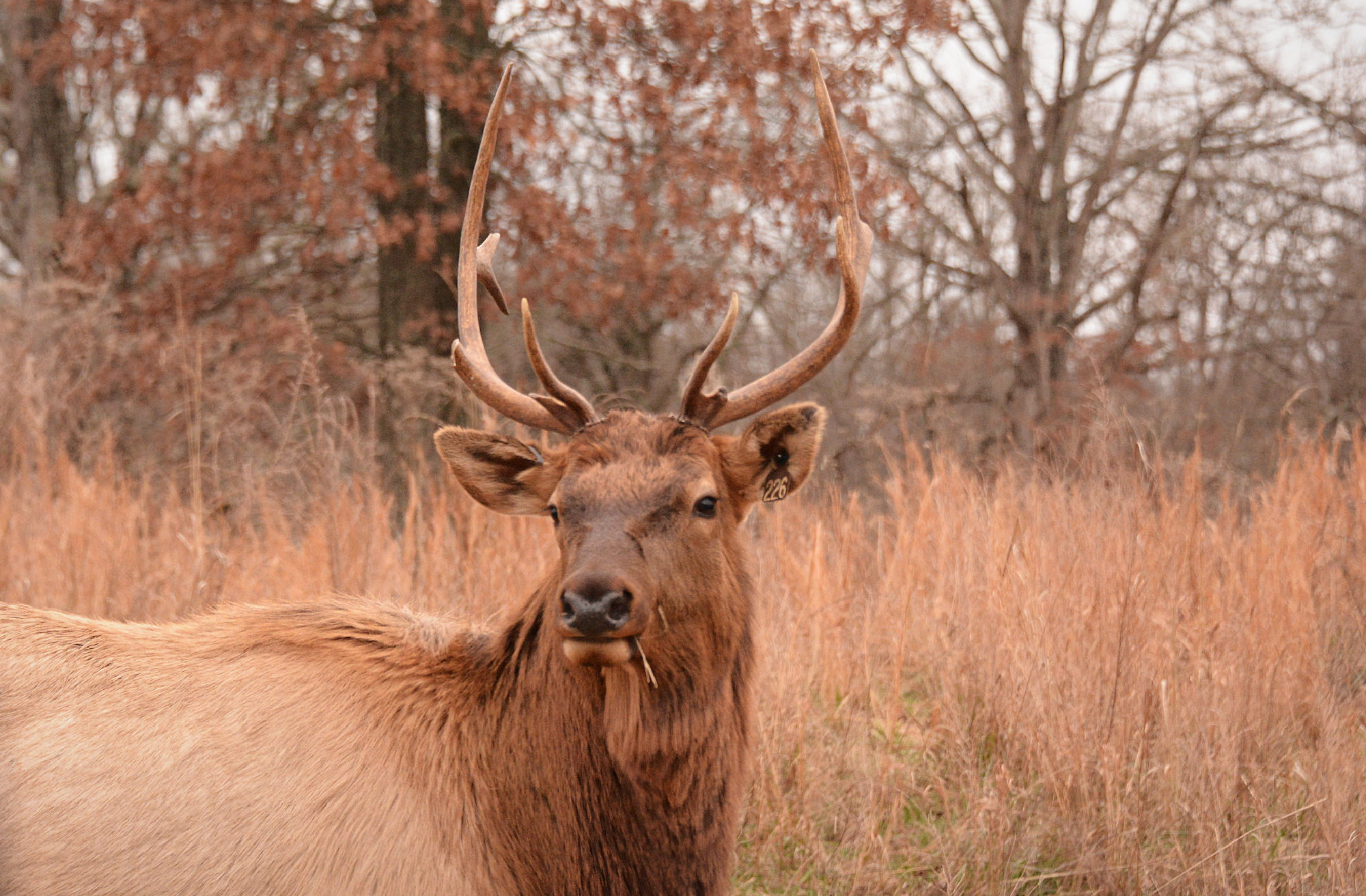
Wisconsin’s policy on legal methods of take for deer hunters also applies to elk. As such, the WDNR writes, “elk may be hunted with harpoons, including vertical bow, crossbow, muzzleloader, centerfire handgun or centerfire firearm.” Hunters aren’t legally required to wear blaze orange.
Read Next: The Complete Guide to Hunting Elk in Eastern States
Elk reintroduction efforts elsewhere in the Midwest and Southeast continue to flourish. The Missouri Department of Conservation is also considering a resident antlerless elk hunt for the 2024 season, to add to their antlered hunt which began in 2020. Almost a decade after reintroduction began in Carter, Reynolds, and Shannon counties, Missouri is now home to around 320 elk, with a goal of achieving a population of 500. The regulations for the antlerless hunt would be nearly identical to the antlered hunt — both tags would cost $50 plus a $10 application fee, and both hunts would be open for an archery portion and then a firearms portion, MDC writes. The agency is accepting public comment on the antlerless hunt through April 28.

